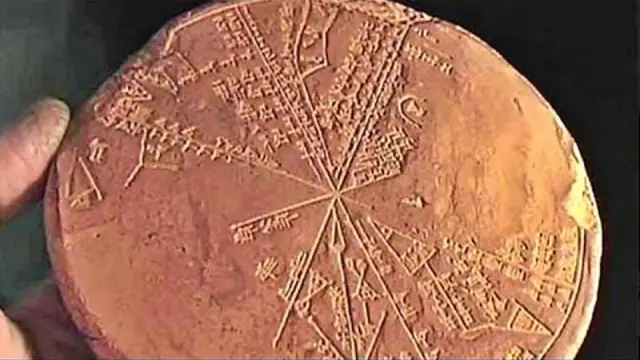Discover the Hidden Clues of Our Ancient Past!
Mankind’s history is like a giant jigsaw puzzle. Some pieces have fallen behind the sofa or slipped through the floorboards. Yet, every day, we find new pieces that help us understand fascinating ancient civilizations. From the Mayans’ predictions to the mysteries of Easter Island, these clues reveal much about our past. Here’s a look at six intriguing mysteries of ancient civilizations.
1. The Mayan Apocalypse Calendar
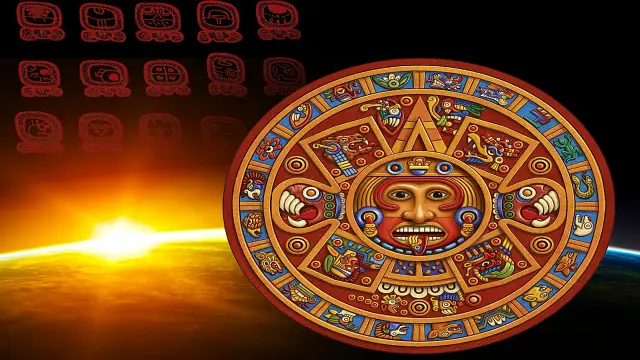
The Mayans are famous for their calendar, which predicted the end of the world on December 21, 2012. They claimed that a series of catastrophic events would begin in 1999 and culminate in global destruction. This prophecy suggested a time without time, a change in human behavior, and the end of all things unless humanity changed its ways.
However, December 21, 2012, marked the end of a Mayan Baktun, a significant period in their calendar. Archaeologists discovered that the Mayans had astronomical tables predicting events well beyond 2012, even as far as the year 4772. Their prophecies were not about an unavoidable apocalypse but rather warnings about the consequences of our actions. The Mayans were simply organizing their calendar and offering advice for a better future.
2. The Mysterious Sea Peoples
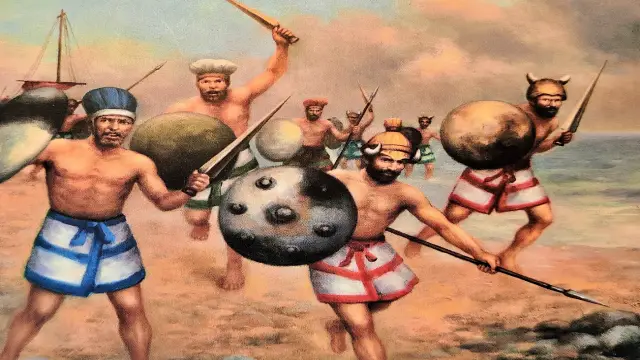
Between 1200 and 1000 BC, ancient civilizations like Egypt and Greece faced a brutal Dark Age. One of the most intriguing factors in this collapse was the attacks from a group known as the Sea Peoples. We still don’t know who they were or where they came from. Some theories suggest they were pirates, refugees from disasters, or part of a massive migration.
Historical documents mention the Sea Peoples, but the most promising clues come from the Linear A and B tablets. While Linear B has been deciphered, revealing references to slave raiding and migration, Linear A remains a mystery. If we could decode it, we might finally understand the identity and motives of the Sea Peoples.
3. The Nazca Civilization
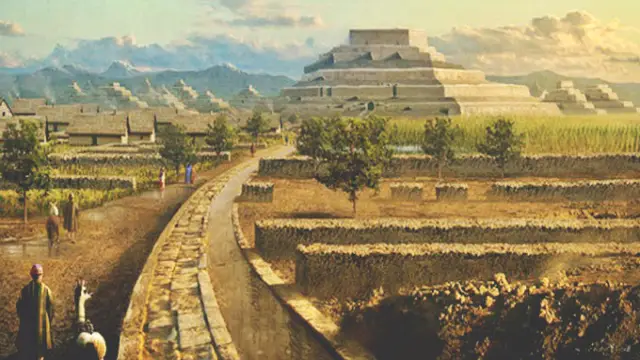
The Nazca civilization thrived in modern-day Peru from 100 BC to 800 AD. They managed to survive in a desert environment for nearly a thousand years, creating the stunning city of Cahuachi and the famous Nazca Lines. These massive geoglyphs can only be seen from the sky, leaving historians puzzled since the 1930s.
In 2016, archaeologists discovered that the Nazca Lines were made using simple tools like wooden stakes and rope. They also found pukios, spiral holes in the ground that were part of an advanced irrigation system. This system drew water from deep underground, allowing the Nazca to thrive in a harsh environment. However, their downfall came from deforestation, which led to soil degradation and forced them to abandon their land.
4. The Celestial Event
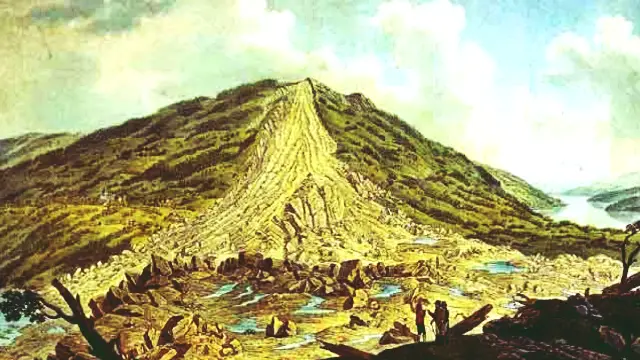
The Sumerians of southern Mesopotamia are among the earliest known civilizations. They were technologically advanced, but many questions remain about their origins and descendants. One fascinating discovery was a clay tablet found in Iraq that explained a geological event known as the Cel’s Landslide.
This landslide occurred in the Austrian Alps around 9,800 years ago. For centuries, its cause was a mystery. However, the Sumerian tablet, dating back 5,500 years, contained astronomical observations. In 2008, scientists deciphered the tablet, revealing that it documented a large object traveling toward Earth. This object likely caused the landslide, showcasing the Sumerians’ advanced understanding of astronomy.
5. The Mystery of Easter Island
Easter Island is famous for its moai statues, but how did the Rapa Nui people move these massive figures? We know they represent tribal leaders, but the logistics of transporting them puzzled researchers for years.
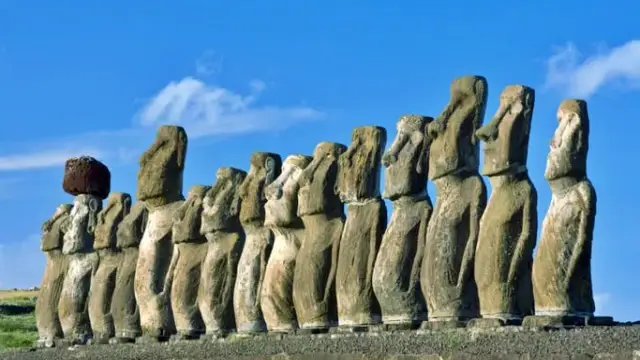
In 2012, it was discovered that the statues’ round bellies were not just for aesthetics. They helped the Rapa Nui rock the statues back and forth until they were pulled into place by strong men using ropes. So, the next time someone suggests aliens were involved, remember it was likely just a group of strong individuals using clever techniques!
6. The Enigma of Stonehenge
Stonehenge is another ancient mystery that continues to baffle historians. This iconic stone circle predates the Easter Island statues by thousands of years. The construction methods and purpose of Stonehenge remain unclear.
Recent archaeological digs revealed that Stonehenge is likely a ritual burial site, as many bones were found nearby. Additionally, it is not located in isolation; it is close to the largest Stone Age settlement ever discovered in Britain. This new information helps us understand that Stonehenge was part of a larger community, making it less mysterious than we once thought.
The Importance of Understanding Our Past
Understanding these ancient civilizations is crucial for several reasons. First, it helps us appreciate the complexity of human history. Each civilization contributed to the tapestry of our shared heritage, influencing modern science, philosophy, and culture. By studying their achievements and failures, we can learn valuable lessons about sustainability, cooperation, and the consequences of our actions.
Second, these mysteries spark curiosity and inspire further research. The more we learn about ancient societies, the more questions arise. What other secrets lie buried beneath the sands of time? What technologies or knowledge have we yet to uncover? Each answer leads to new inquiries, driving the quest for knowledge forward.
The Role of Archaeology in Uncovering History
Archaeology plays a vital role in piecing together our past. Through careful excavation and analysis, archaeologists uncover artifacts, structures, and texts that provide insight into ancient life. Modern technology, such as aerial photography and ground-penetrating radar, has revolutionized the field, allowing researchers to discover hidden sites and understand complex systems.
For example, the use of drones has enabled archaeologists to map large areas quickly, revealing patterns and structures that were previously invisible. This technology has been instrumental in studying the Nazca Lines and other geoglyphs, helping us understand their significance and construction methods.
The Future of Historical Research
As we move forward, the study of ancient civilizations will continue to evolve. Interdisciplinary approaches, combining archaeology, anthropology, history, and even environmental science, will provide a more comprehensive understanding of our past. By examining how ancient societies interacted with their environments, we can gain insights into sustainable practices that are relevant today.
Moreover, as new technologies emerge, we can expect even more groundbreaking discoveries. Artificial intelligence and machine learning are beginning to play a role in analyzing historical data, helping researchers identify patterns and make connections that were previously overlooked.
Conclusion: A Journey Through Time
In conclusion, the mysteries of ancient civilizations are not just relics of the past; they are vital pieces of our shared human story. From the Mayans and their calendar to the enigmatic Sea Peoples and the wonders of Stonehenge, each civilization offers a unique perspective on the human experience.
As we continue to explore these ancient mysteries, we not only uncover the secrets of our ancestors but also gain a deeper understanding of ourselves. The journey through time is ongoing, and with each new discovery, we come closer to completing the jigsaw puzzle of human history.
So, the next time you hear about an ancient civilization or a mysterious artifact, remember that it’s not just a story from the past. It’s a piece of our collective heritage, waiting to be explored and understood.

